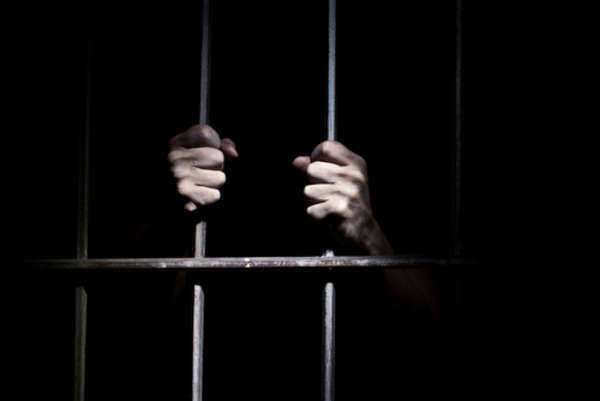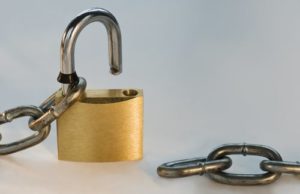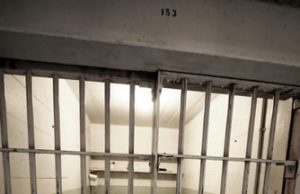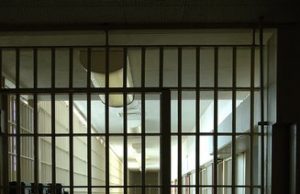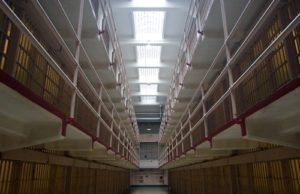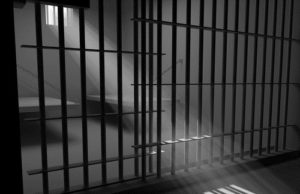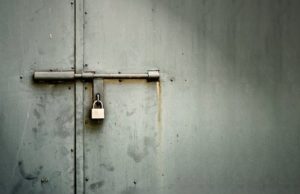Prisoner Explained
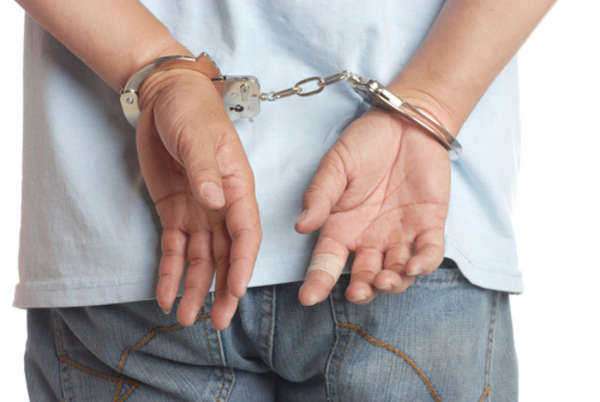
A prisoner is an individual that has been convicted of a crime and has been sentenced to serve out a period of incarceration as punishment. A prisoner will usually serve out a sentence in a prison or jail, and the length of time in which the prisoner will be incarcerated will depend on the laws or statutes that were violated and the severity of the crime. A prisoner can also be a person that has been captured by the enemy during a time of war.
Prisoners will serve out their sentence as best fit and determined by the court and legal system. During the period of incarceration, prisoners will be restrained to remaining within the grounds of a correctional facility. The level of security of the facility in which a prisoner may be placed will usually be concurrent with the type of crime that was committed and how severe such a crime is.
For example, murderers will usually be placed in maximum security prisons, where it is crucial to have constant surveillance of the prisoner population due to the danger they may pose to other prisoners and correctional staff. On the other hand, individuals that are convicted of lesser crimes, such as those that can be classified as “white collar crimes,” will usually be placed in minimum security prisons. These prisons will not have constant surveillance of the prisoners and their personal liberties may not be as restricted as those prisoners in higher security facilities.









